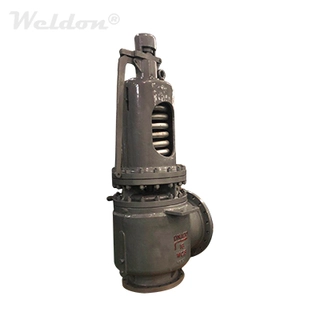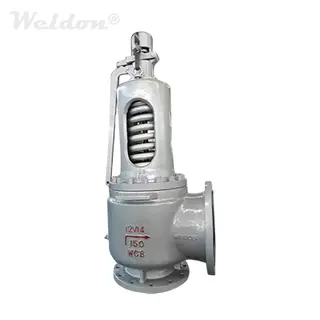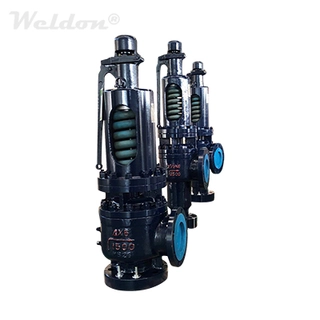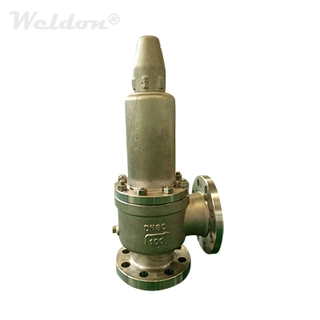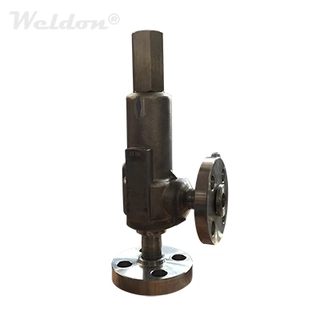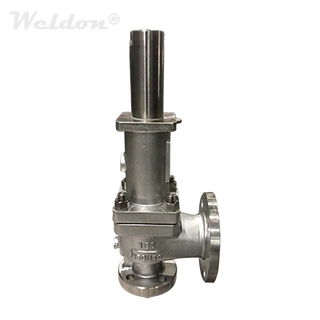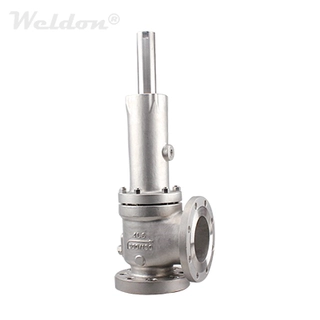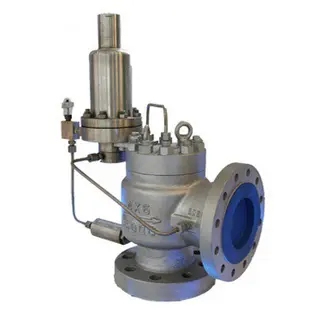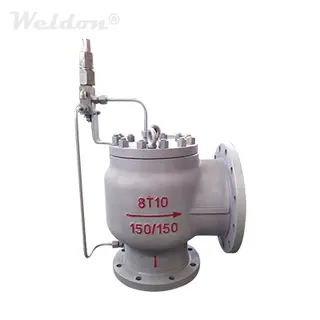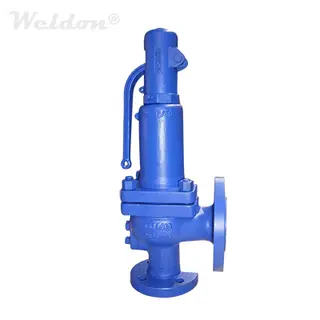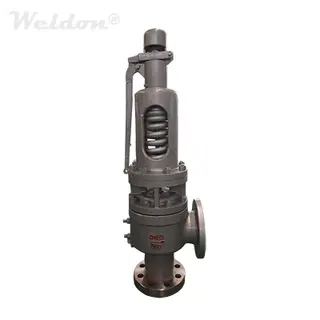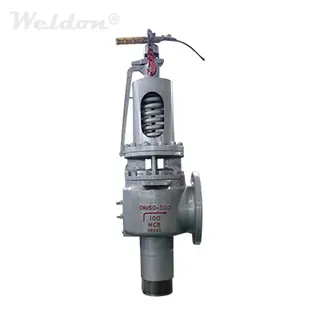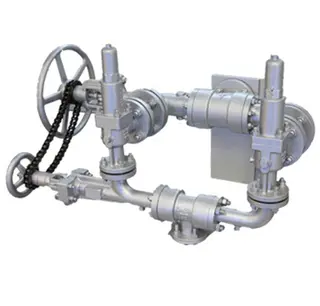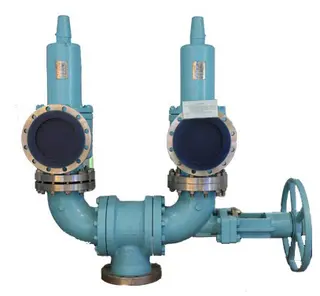Safety Valve/ Relief Valve
the Principle of pilot operation:
Step 1: THE MAIN VALVE IS CLOSED
When P < 100% of Set Pressure,
The feeding seat of the pilot is open and the main valve’s dome is pressurized.
Step 2: THE MAIN VALVE OPENS
When P =100% of Set Pressure,
The drain seat of the pilot opens and drives the closing of the feeding seat.
Step 3: THE MAIN VALVE STAYS OPEN.
When 95% < P < 110% of Set Pressure,
The drain seat of the pilot stays open and lets dome to the atmosphere.
Step 4: THE MAIN VALVE IS CLOSING.
When P = 95% of Set Pressure,
The drain seat of the pilot recloses and drives the opening of the feeding seat.
Through these Changeover valves, one of the two safety valves is in operation and ensures the protetcion of the system, the other safety valve is in "stand by" ready to come into operation if the first one must be changed or removed to maintenance. Changeover valves are often required for the continuous production.
